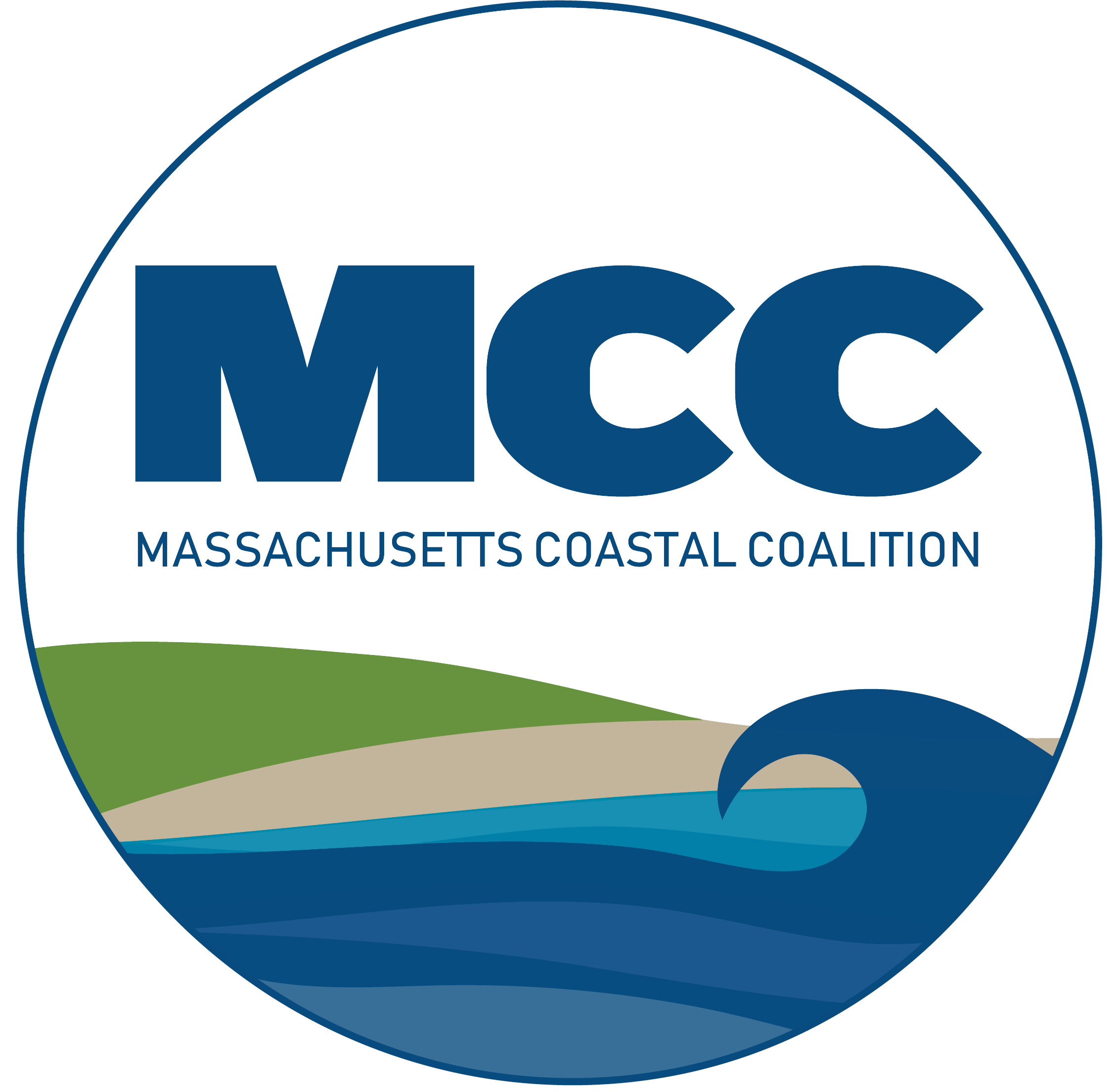If there is one thing that 2017 has taught us, it’s that uncertainty is certain. From international dealings to domestic policy, no time has been as uncertain as now. There’s no exception when talking about the National Flood Insurance Program (NFIP). Uncertainty with the NFIP is not a foreign, far off issue. It’s a real, at home issue that strikes our communities and affects our nation’s housing market every day. Our communities deserve certainty that the National Flood Insurance Program will be there for them to close on loans, pay claims, and protect the over one trillion dollars of value the National Flood Insurance Program insures.
Already in 2017, the National Flood Insurance Program has seen two short term extensions. With the NFIP expiration set for September 30th, Congress pushed the NFIP expiration to December 8th tying it to the Federal budget continuing resolution. Only one day before the December 8th deadline, Congress extended the NFIP for only two weeks to December 22nd, again tying the program to a continuing resolution. To those that say Congress will never let the flood program laps, we only have to look back to 2008-2011 when the program lapsed several times. What happens during a lapse? No new policies can be written and no expiring policies can be renewed. And while claims will be paid to policies in good standing, if there was a disaster like Hurricane Harvey during a lapse, all bets are off. The flood program in America does more than insure properties. It offers flood maps that show flood risk and flood mitigation grants to elevate or remove risk prone structures. Through good floodplain management, it is estimated the NFIP saves the country over 2 billion dollars in avoided losses annually. All of this grinds to a halt with no unified national flood program.
This year was billed as a major year for positive flood reform. The five-year-old Biggert-Water and Grimm-Water bills were expiring on September 30th, and stakeholders from all over the country began to craft a better, more responsible flood program. However, as we look back through the year, many of those ideas fell on deaf ears as Congress dragged their feet. In March the House Financial Services Committee started holding flood reform hearings. Congress questioned those testifying about “mandatory purchase enforcement” issues, or “grandfathering benefiting only the rich”. While many articles could be written on each issue, the point was missed. Stakeholders were calling for a comprehensive reform, with the inclusion of a public-private partnership, more money to fix flood prone structures, and other creative ideas to truly shore up the NFIP and create a future of certainty for flood policy in the United States. Congress missed the point.
In June the US House released its “21st Century Flood Reform” bill. The bill passed through committee with little input by the minority party. No matter where your political spectrum may be, this set the legislation up for failure. Meanwhile the Senate showed great hope, with three major bills that included many “major” reform points with bipartisanship support. However, by the time August rolled around, there was no flood activity in either the House or Senate. Congress went on summer break, the worst hurricane season in 12 years hit and the can was kicked down the road. And while the House has passed the “21 Century Flood Reform” in November, the Senate has yet to move on flood reform.
Our message to Congress is clear. Give our communities flood insurance certainty. If Congress cannot provide long term reauthorization prior to the December 22nd expiration, it should facilitate a short term, three-month extension that enables a comprehensive reauthorization to be done. The goal should be a meaningful long term reauthorization in the first quarter of 2018. There’s debate on exactly what flood reform looks like. With so many good ideas, our discussions should be broad and extensive. But short term extensions with no real comprehensive reform simply kicks the can further down the road. Over 22,000 communities participate in the National Flood Insurance Program, and millions of Americans depend on the products the NFIP offers. Its time Congress moves forward on long term flood reform to give us certainty.
